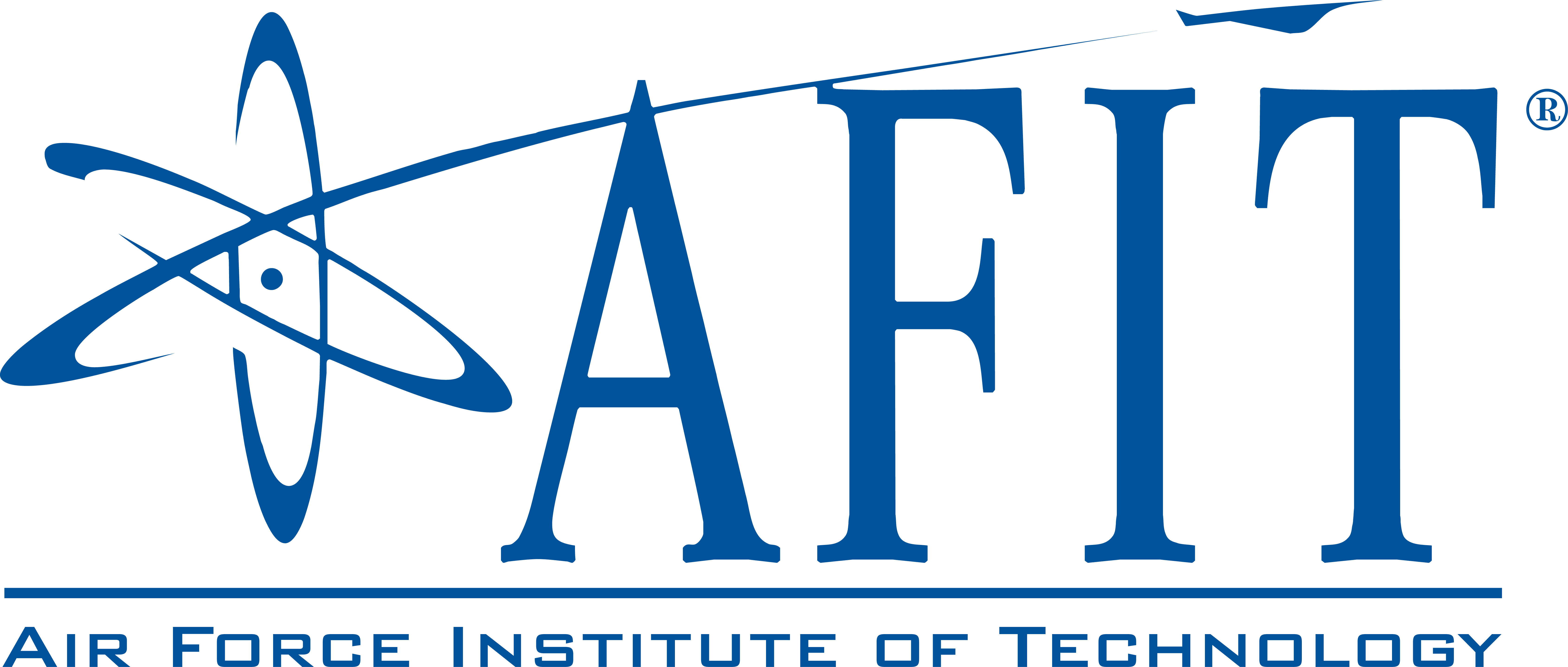
School of Strategic Force Studies
|
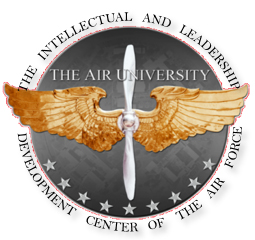
Todd Robinson, Assistant Professor
Military and Security Studies
Air University
todd.robinson.4@us.af.mil
|
|

John M. Wiest, Assistant Dean
College of Engineering
john.m.wiest@ua.edu
|

Sharon K. Weiner, Associate Professor
School of International Service
skweiner@american.edu
|
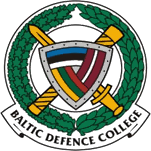
Zdzislaw Sliwa, Dean
Baltic Defence College
Zdzislaw.Sliwa@baltdefcol.org
|
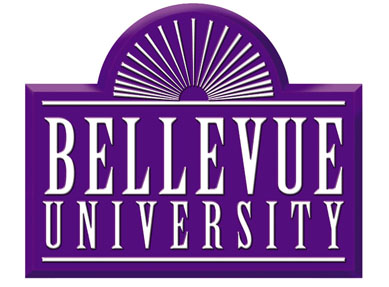
Adriana Seagle, Program Director
Intelligence and Security Studies
aseagle@bellevue.edu
|
|

Mark Clark, Professor and Director
National Security Studies Program
mtclark@csusb.edu
Steven Childs, Associate Professor
National Security Studies Program
SChilds@csusb.edu
|

Christopher J. Ferrero, Assistant Professor
Intelligence and National Security Studies
cferrero@coastal.edu
|

Mark Deinert, Associate Professor
Department of Mechanical Engineering
mdeinert@mines.edu
|
|

Peter Harris, Assistant Professor
Department of Political Science
peter.harris@colostate.edu
|
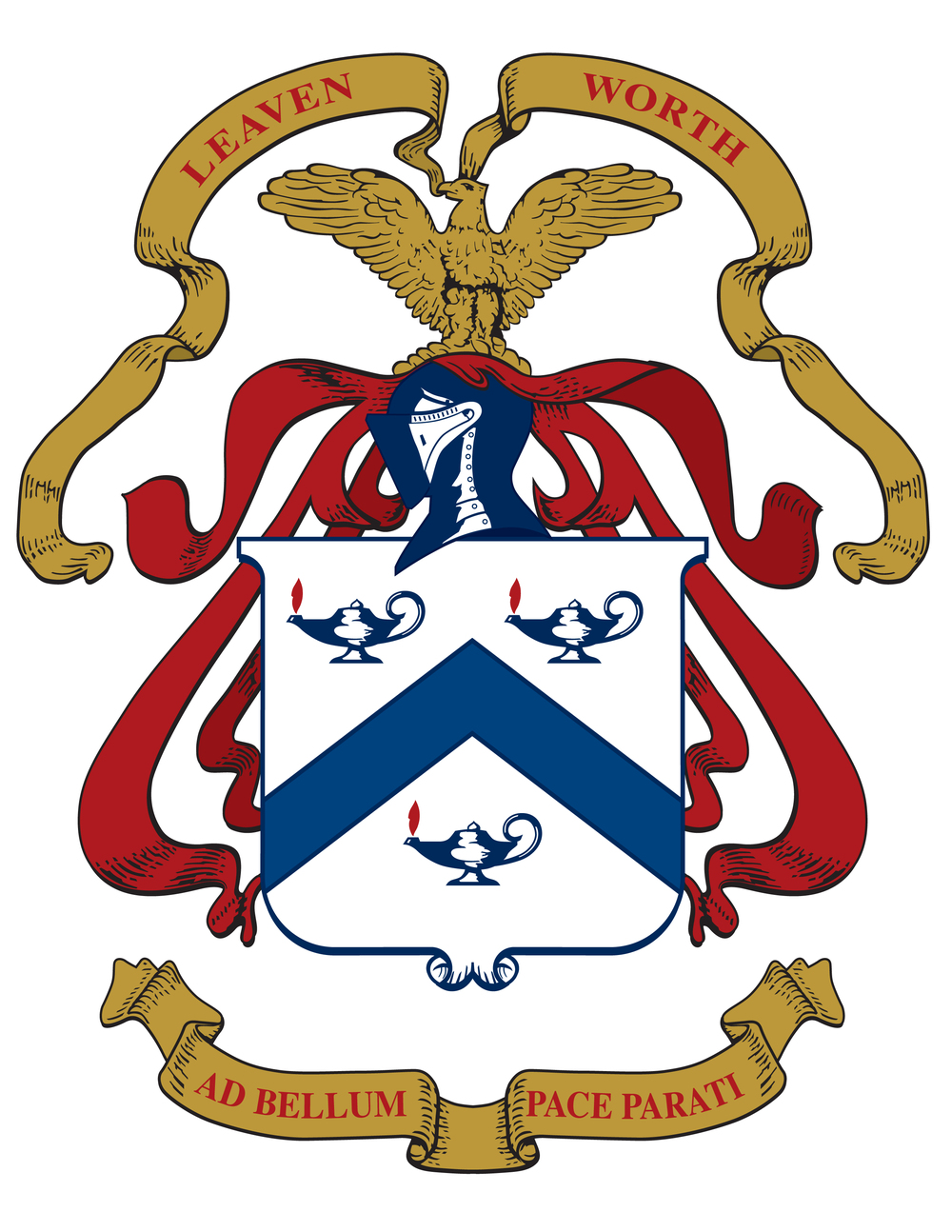 Command and General Staff College (CGSC)
Command and General Staff College (CGSC)
Barry M. Stentiford, Director
Advanced Strategic Leadership
Studies Program (ASLSP)
barry.m.stentiford.civ@mail.mil
|

School of International and Public Affairs
|
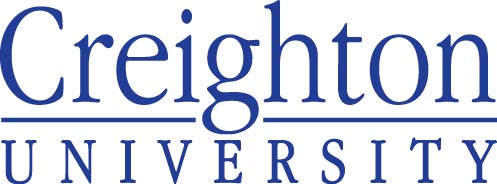
Erika Moreno, Professor
Political Science and International Relations
erikamoreno@creighton.edu
|

James M. Ragland, Coordination/Manager
Nuclear Enterprise Branch
james.m.ragland.civ@mail.mil
|
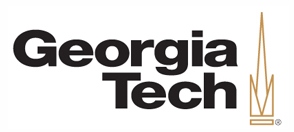
Adam N. Stulberg, Professor
The Sam Nunn School of International Affairs
adam.stulberg@inta.gatech.edu
Jenna Jordan, Assistant Professor
The Sam Nunn School of International Affairs
jenna.jordan@inta.gatech.edu
Margaret E. Kosal, Associate Professor
The Sam Nunn School of International Affairs
margaret.kosal@inta.gatech.edu
Lawrence Rubin, Associate Professor
The Sam Nunn School of International Affairs
lawrence.rubin@inta.gatech.edu
Rachel Whitlark, Assistant Professor
The Sam Nunn School of International Affairs
rachel.whitlark@inta.gatech.edu
|
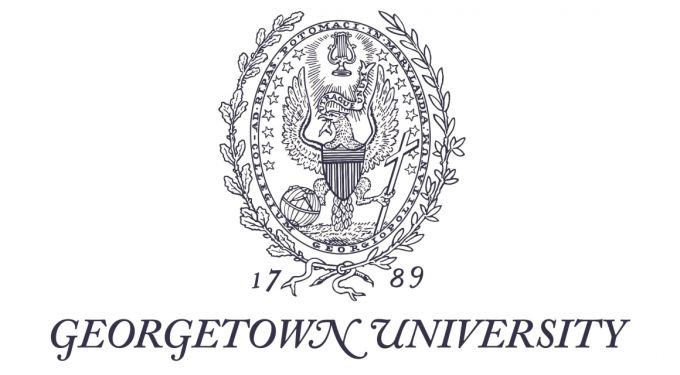
Matthew Kroenig, Associate Professor
International Relations Field Chair Dept. of Government
mhk32@georgetown.edu
|
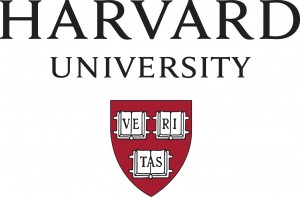
Matthew Bunn, Professor
Belfer Center for Science and International Affairs
matthew_bunn@harvard.edu
|
|

Sarah Bauerle Danzman, Assistant Professor
Department of International Studies
sbauerle@indiana.edu
|
|

Maurice E. Dawson, Assistant Professor
Director, Center for Cyber Security and
Forensics Education
mdawson2@iit.edu
|

Ellen Pirro, Teaching Professor
Political Science
ebpirro@iastate.edu
Scott Feinstein, Assistant Professor
Political Science
sgfeinst@iastate.edu
|

Jonathan Bierce, Strategic Architect
Supervisor, Operations and Threat Assessments Group
Jonathan.bierce@jhuapl.edu
Rob Vercher, Program Area Manager
Deterrence Analysis Prototyping & Development
Air Force Strategic Systems
Robert.vercher@jhuapl.edu
|

Philip Merrill Center for Strategic Studies
SAISMerrillCenter@jhu.edu
|
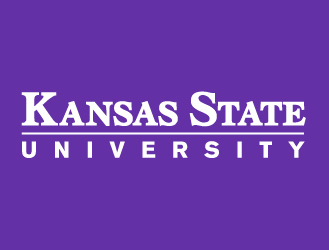
David Graff, Director
Security Studies
dgraff@ksu.edu
|

Sumeet Dua, Associate Vice President for Research and Partnerships
Louisiana Tech University
sdua@latech.edu
Warren Ward, Chief of Staff and Director of Operations
Louisiana Tech Research Institute
wardwg@ltri.org
|

John P. Rose, Department Head
Department of Defense and Strategic Studies Program
johnprose@MissouriState.edu
Gary L. Geipel, Director of Doctoral Studies
Department of Defense and Strategic Studies Program
ggeipel@MissouriState.edu
|
Naval Postgraduate School
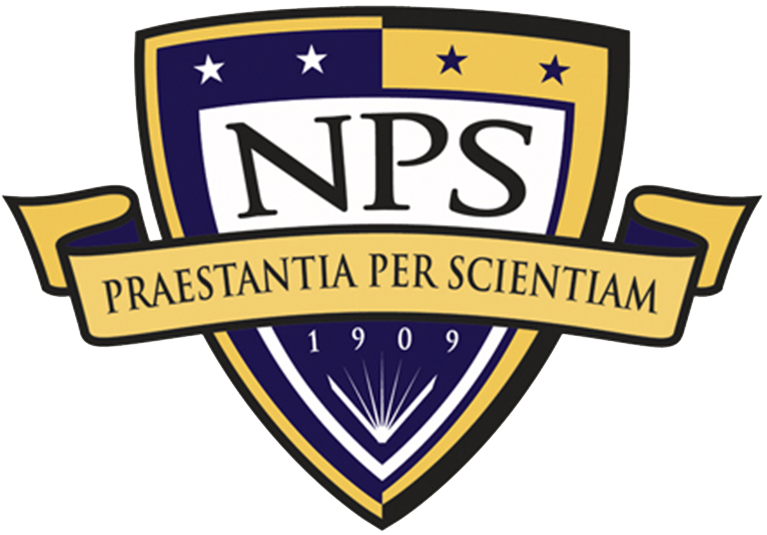
Wade Huntley, Senior Lecturer and Academic Director
School of International Graduate Studies
wlhuntle@nps.edu
Jeffrey Larsen, Research Professor
Department of National Security Affairs
jeffrey.larsen@nps.edu
|
|

Richard Evans, Interim Executive Director
National Strategic Research Institute
info@nsri.nebraskaresearch.gov
|
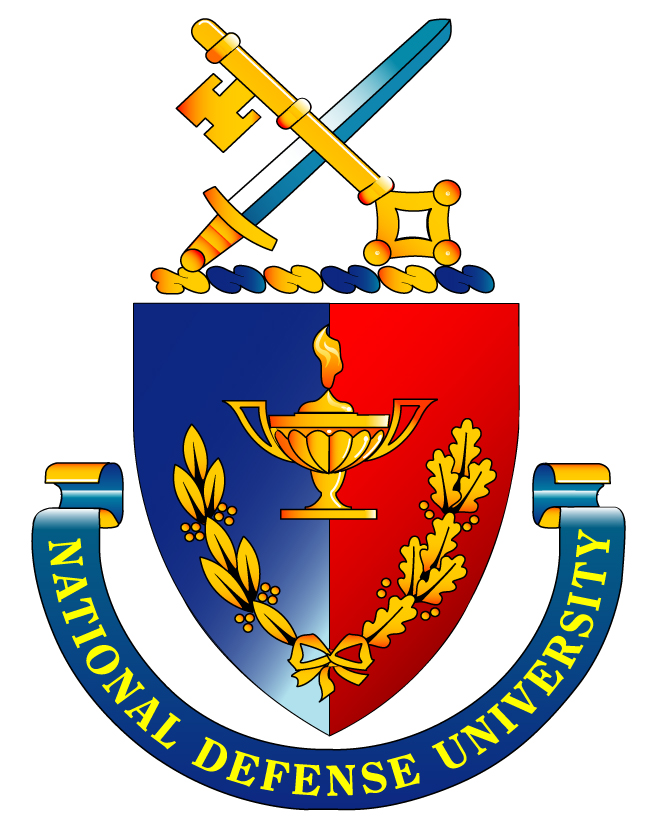
Paul Bernstein, Senior Research Fellow
Center for the Study of Weapons of Mass Destruction
Paul.Bernstein@ndu.edu
Justin Anderson, Senior Policy Fellow
Center for the Study of Weapons of Mass Destruction
justin.anderson.civ@ndu.edu
|
|

Thomas Ambrosio, Professor
Criminal Justice & Political Science
Thomas.ambrosio@ndsu.edu
|
|

William F. Lyons Jr., Director
Center for Global Resilience and Security
wlyons@norwich.edu
Yangmo Ku, Chair
History and Political Science Department
yku@norwich.edu
|
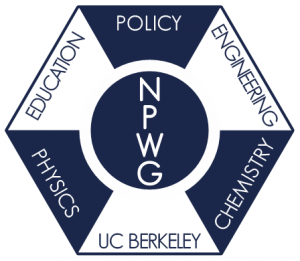
Bethany Goldblum, Founder & Director
Nuclear Policy Working Group
bethany@berkeley.edu
Andrew Reddie, Associate Research Professor
Goldman School of Public Policy
areddie@berkeley.edu
|

Przemyslaw Mazur
Institute of Security Studies
przemyslaw.mazur@up.krakow.pl
Rafal Kopec
Institute of Security Studies
rafal.kopec@up.krakow.pl
|

John Hodgson, Associate Director
Center for Security Research and Education
jgh161@arl.psu.edu
Darryl Farber, Assistant Teaching Professor
College of Engineering and School of
International Affairs
dlf112@psu.edu
|

Steve Cimbala, Distinguished Professor
Political Science
Sjc2@psu.edu
|

Heather Williams, Director
Project on Nuclear Issues
hwwilliams@csis.org
|
|

Stacey L. Connaughton, Director
Purdue Policy Research Institute
sconnaug@purdue.edu
Daniel DeLaurentis, Professor
School of Aeronautics and Astronautics
ddelaure@purdue.edu
Sorin Matei, Associate Professor
Associate Professor, College of Liberal Arts
smatei@purdue.edu
|
|
Royal Danish Defence College

Carina Ann Meyn, Assistant Professor
Institute for Strategy
came@fak.dk
|
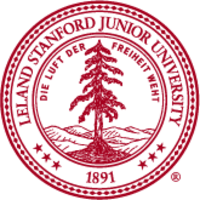
Harold Trinkunas, Deputy Director
Center for International Security and Cooperation
antanas@stanford.edu
|

Nicholas Taylor
United Kingdom Deterrence and Assurance
Academic Alliance
ntaylor@mail.dstl.gov.uk
|
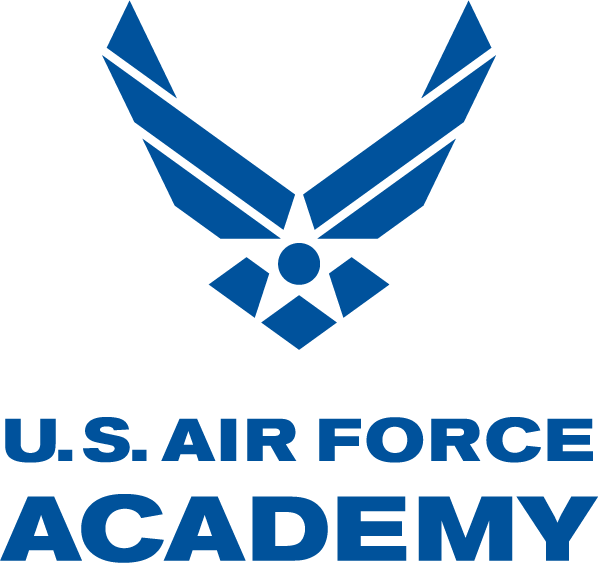
Shane Smith, Director
Institute for National Security Studies
michael.smith@afacademy.af.edu
|
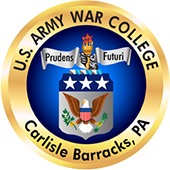
Edward Kaplan, Dean
School of Strategic Landpower
edward.a.kaplan.civ@army.mil
|
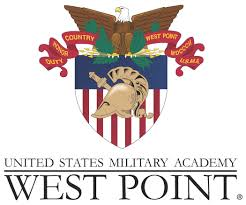
Thomas Sherlock, Professor
Political Science
Thomas.Sherlock@westpoint.edu
|

National Security, Political Science Department
|
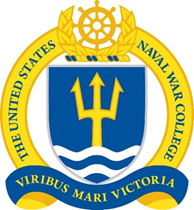
Strategy and Policy Department
|
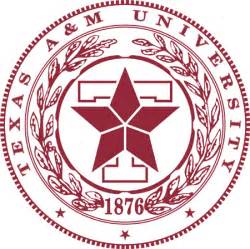
Matthew Fuhrmann, Director
Graduate Studies, Political Science
mfuhrmann@pols.tamu.edu
|

Roberto Furfaro, Associate Professor
Systems and Industrial Engineering
robertof@email.arizona.edu
|

Erik Gartzke, Director
Center for Peace and Security Studies
egartzke@ucsd.edu
|

Lewis Griffith, Lecturer and Director
Defense and Security Policy Lab
Josef Korbel School of International Studies
lewis.griffith@du.edu
Jill Schmieder Hereau, Associate Director
Sié Chéou-Kang Center for International Security and Diplomacy
Jill.SchmiederHereau@du.edu
|
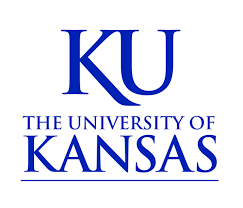
Michael Denning, Director
Office of Graduate Military Programs
gmjdenning@ku.edu
Don Haider-Markel, Professor and Chair
Department of Political Science
prex@ku.edu
Trent Williams, Assistant Director
Department of Political Science
trentwilliams@ku.edu
|
|

Brian D. Blankenship, Assistant Professor
Department of Political Science
bxb731@miami.edu
|

Tyler White, Director
National Security Program
twhite4@unl.edu
Elsbeth J. Magilton, Executive Director
Space, Cyber, and Telecommunications
Law Program, College of Law
elsbeth@unl.edu
|
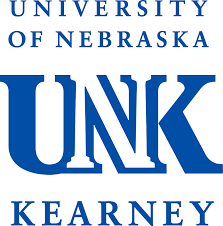
Chuck M. Rowling, Associate Professor
Department of Political Science
rowlingcm@unk.edu
|

Michelle Black, Assistant Professor
Political Science
michellblack@unomaha.edu
Lana Obradovic, Assistant Professor
Political Science
lobradovic@unomaha.edu
|

Evan Renfro, Assistant Professor
Political Science
evan.renfro@uni.edu
|

Michael Desch, Director
Notre Dame International Security Center
Michael.Desch.4@nd.edu
|

Phil Williams, Director
Matthew B. Ridgway Center
for International Security Studies
ridgway1@pitt.edu
|

Ashley Townshend, Director
Foreign Policy and Defence
Ashley.townshend@sydney.edu.au
|

Russel Hirst, Associate Professor and
Managing Editor
International Journal of Nuclear Security
rkh@utk.edu
Elis Vllasi, Senior Research Associate and Lecturer
Center for National Security Foreign Affairs
evllasi@utk.edu
|

Alan J. Kuperman, Associate Professor
Coordinator, Nuclear Proliferation Prevention Project
akuperman@mail.utexas.edu

Michael Wallace, Director
Emergency and Security Studies
mwallac4@tulane.edu
|

Jeannie Johnson, Founding Director & Associate Professor
Center for Anticipatory Intelligence
jeannie.johnson@usu.edu
Matt Berrett, Cofounder & Professional Practice Faculty
Center for Anticipatory Intelligence
matthew.berrett@sdl.usu.edu
Briana Bowen, Cofounder & Associate Director
Center for Anticipatory Intelligence
briana.bowen@usu.edu
|

Shale Horowitz, Professor
Department of Political Science
shale@uwm.edu
|

David Dorondo, Professor
Department of History
dorondo@email.wcu.edu
|

Department of Political Science
|